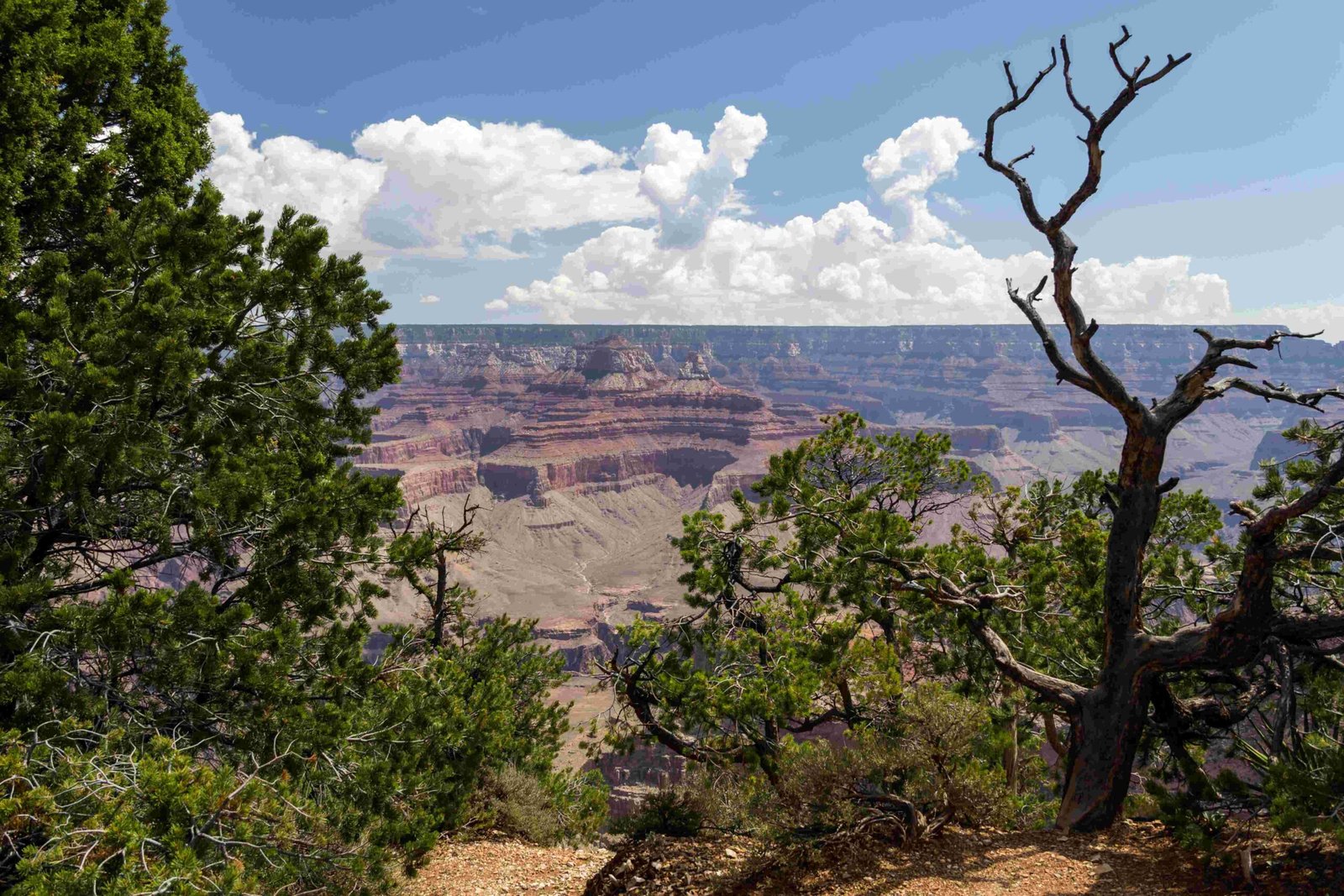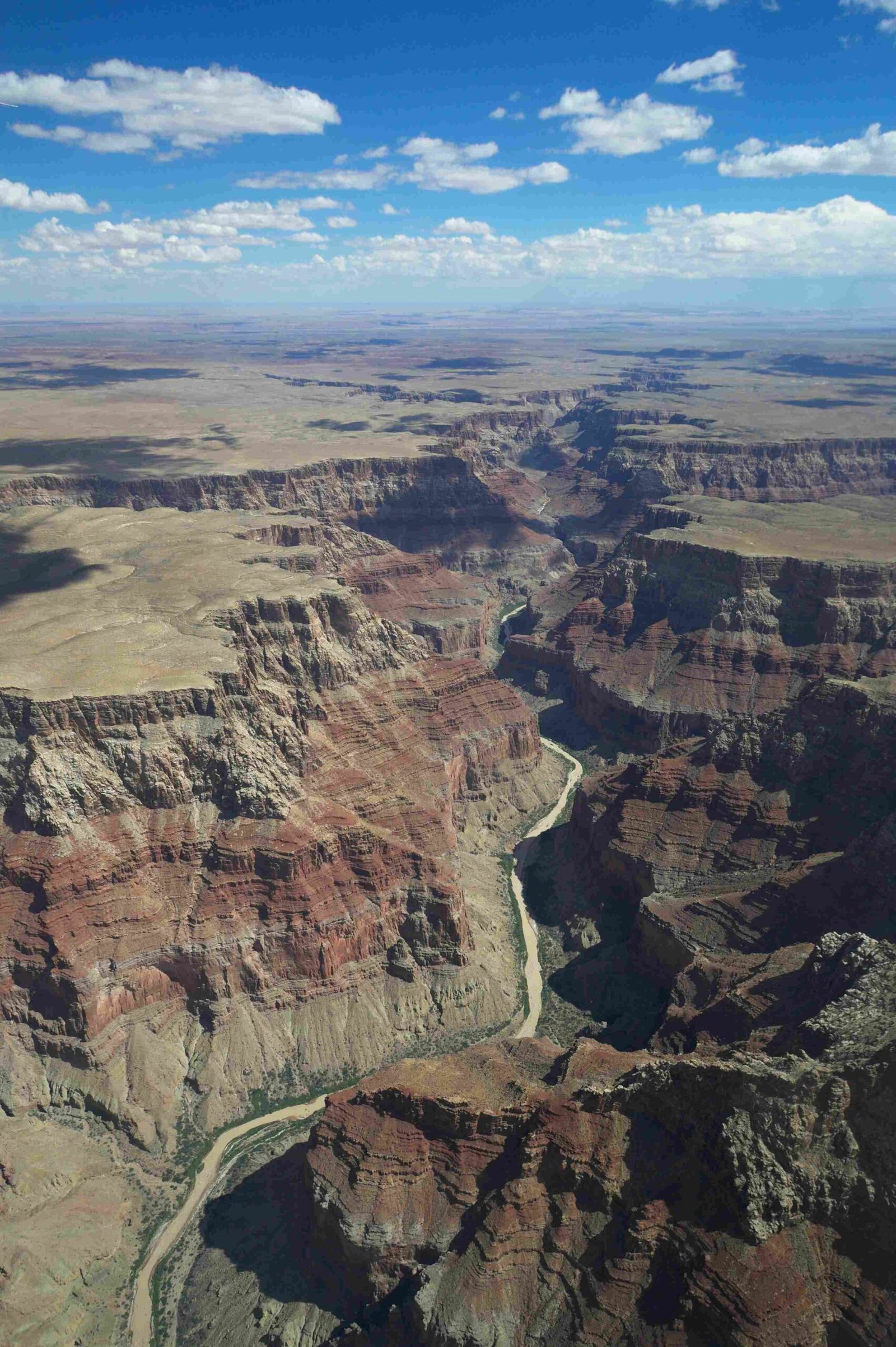The Grand Canyon harbors a complex geological landscape where metamorphic rocks form the foundational bedrock, representing nearly 2 billion years of Earth’s geological history. While the canyon is not entirely composed of metamorphic rock, these ancient formations play a crucial role in understanding the region’s profound geological narrative, with the Vishnu Basement Rocks serving as the oldest and deepest rock layers beneath the spectacular sedimentary formations.
What Are the Metamorphic Rocks in the Grand Canyon?

Metamorphic rocks in the Grand Canyon are primarily located in the Vishnu Basement Rocks, representing the oldest geological formations in the region. These rocks emerged approximately 1.7 to 1.8 billion years ago during intense geological processes involving volcanic island collisions and extreme heat and pressure transformations.
Key Characteristics of Grand Canyon Metamorphic Rocks
| Rock Type | Age | Formation Process | Composition |
|---|---|---|---|
| Gneiss | ~1.7 billion years | High-temperature metamorphism | Banded minerals like quartz, feldspar |
| Schist | ~1.7 billion years | Moderate to high-pressure transformation | Layered minerals with mica |
| Granite (metamorphosed) | ~1.7 billion years | Magma intrusion and subsequent metamorphism | Quartz, feldspar, biotite |
How Did Metamorphic Rocks Form in the Grand Canyon?

The formation of metamorphic rocks in the Grand Canyon resulted from complex geological events:
- Volcanic Island Collision: Prehistoric volcanic islands crashed into the North American continental margin
- Extreme Pressure and Temperature: Rocks underwent intense metamorphic transformation
- Magma Intrusion: Molten rock penetrated existing rock layers, creating new formations
What Evidence Exists of Metamorphic Rock Presence?
Geological evidence of metamorphic rocks in the Grand Canyon includes:
- Banded and foliated rock structures
- Visible mineral recrystallization
- Complex layering in Vishnu Basement Rocks
- Presence of transformed igneous rock types
Where Can Visitors Observe Metamorphic Rocks?
Visitors can explore metamorphic rocks through:
- Trail of Time interpretive exhibit at South Rim
- Guided geological tours by National Park Service
- Hiking inner canyon trails like Bright Angel Trail
- Viewing exposed rock layers at specific canyon viewpoints
Scientific Significance of Grand Canyon Metamorphic Rocks
Metamorphic rocks provide critical insights into:
- Earth’s ancient geological processes
- Continental formation mechanisms
- Tectonic plate movements
- Historical climate and environmental conditions
Rock Layer Composition and Thickness
- Vishnu Basement Rocks: Approximately 1,700-1,800 million years old
- Estimated Thickness: Undetermined due to intense folding
- Mineral Composition: Varied metamorphic and igneous minerals
Research and Ongoing Discoveries
Ongoing geological research continues to unravel the complex history of metamorphic rocks in the Grand Canyon, with scientists using advanced techniques like radiometric dating and mineral analysis to understand these ancient formations.
Preservation and Protection
The National Park Service maintains strict protocols to preserve these geological treasures, ensuring that future generations can study and appreciate the Grand Canyon’s remarkable geological heritage.
Conclusion
While the Grand Canyon is not exclusively composed of metamorphic rock, these ancient formations represent a critical component of its geological narrative, offering a window into Earth’s profound and complex geological history.

